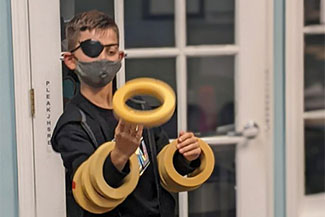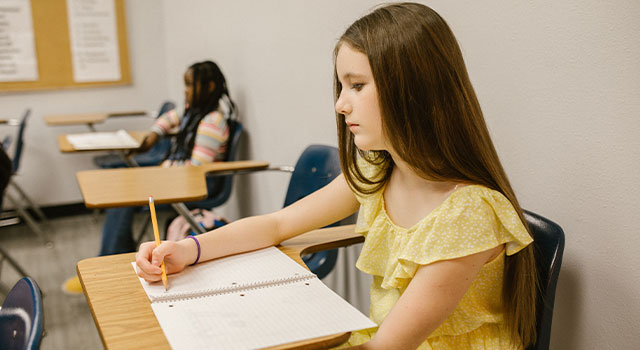
Third Cranial Nerve Palsy
There are 12 pairs of cranial nerves that control most head and neck functions. These functions include swallowing, facial sensations, eye movements and other facial movements.
The third cranial nerve controls specific eye movements, certain pupil functions and upper eyelid function. If this nerve isn’t working properly on one or both sides of the head, this refers to ‘third nerve palsy.’
What is Third Nerve Palsy?
Third nerve palsy, also known as ‘oculomotor nerve palsy,’ occurs when the third cranial nerve is damaged by disease or injury.
The third cranial nerve controls the actions of four external eye muscles. These muscles are responsible for moving the eye upward and downward, rotating the eye outward and downward toward the ear and turning the eye inward.
The third cranial nerve also controls focusing abilities, upper eyelid position and pupil constriction.
Since many of the eye’s muscles are controlled by the third nerve, palsy of this nerve can result in partial or complete paralysis of the eye muscles.
Symptoms of third nerve palsy include:
- An enlarged pupil that does not react normally to light
- Double vision (diplopia)
- Droopy eyelid (ptosis)
- Eye misalignment (strabismus)
- Tilted head to compensate for binocular vision difficulties
What Causes Third Nerve Palsy?
The most common causes of third nerve palsy include:
- Birth trauma
- Brain tumor
- Aneurysm
- Diabetes
- Hypertension
- Head injury
- Migraine
- Infection
- Vaccination
How is Third Nerve Palsy Treated?
Treatment depends on the underlying cause of the condition.
For example, surgery may be recommended if an aneurysm or tumor is pressing on the nerve, as it will help relieve the pressure on the nerve and promote healing.
In order to relieve double vision and eye misalignment, the following treatments may be recommended:
- Vision therapy
- Patching one eye to improve binocular vision
- Prism lenses to reduce or eliminate double vision
- Muscle surgery to realign the eyes
- Eyelid surgery to correct the ptosis
Vision therapy is a customized program that is effective for some patients with third nerve palsy, as it can help to improve the control of eye movements and binocular vision.
If you notice any sudden changes in your vision, especially double vision or an eye turn, contact Family Eye Care to schedule your comprehensive eye exam as soon as possible.
Our practice serves patients from Old Bridge, East Brunswick, Woodbridge, and Edison, New Jersey and surrounding communities.








